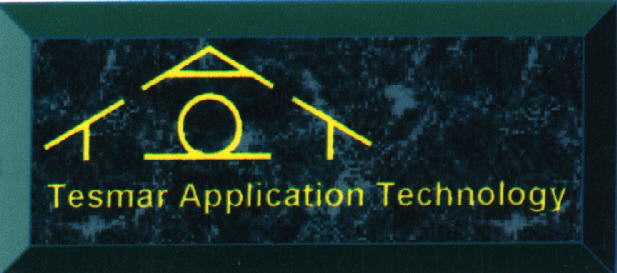In Praise of Storage Type Water Heaters Storage type water heaters have always been a reliable source of income for most wholesale houses. They’re pretty easily understood, turn product well and lead in the customers for other products. Most of the time water heaters sell themselves, but over the last few years, things have been changing in ways that suggest it would be wise to take a better look at what a new approach to water heaters can do for your market. One change we’ve seen is a general increase of the “peak demand” for hot water. This is not to say that we are using more hot water, but that we are using more of it at the same time. This shouldn’t surprise anyone in the fixture business because, one reason for the increase comes from the fact that there are more fixtures available in the average home. It used to be that a four and a half person family shared one and a half baths, and the old situation comedies routinely played off the early morning bath rituals. Now, it’s not unusual for each person to have access to their own shower. Another reason for the increase in peak demand for hot water comes from the economic and social changes that have given rise to the “two income family”. With both wage earners and the children going off to work and school in the morning, the early morning peak demand rises. When the family returns home in the evening, their laundry and dish washing activities are compressed into a shorter period of time which again increases the peak demand. As a reward for the hectic pace, they might just want to “fire up the Jacuzzi”. There never seems to be a convenient time to run out of hot water any more. Another major change we can see has been a reduction in the amount of energy necessary for space heating. Our collective environmental, social and economic consciences have done a good job of reducing the space heating load on buildings. Better construction, insulating materials and better doors and windows, as well as our general desire “not to be held hostage to those fuel mongers” has done a good job in reducing the heat requirements of residential and light commercial buildings. Ten years ago the maximum heating loads for new construction were nearly standardized at 25 BTU per square foot. Today, many homes and small businesses are requiring only 10 BTU per square foot. We can easily see that 4,000 square foot buildings needing only 40,000 BTU at maximum load simply do not need the 200,000 BTU boilers and furnaces that made up the bulk of product sold and were already “way too big way back then”. Oddly enough, you still see them going into small homes like big block V8’s going into Chevettes. So now, with an increase in potable water delivery requirements and a reduction in space heating, the prospect of combined potable and space heating appliances makes good sense. Boiler and furnace manufacturers are all trying to make hot potable water, and water heater manufacturers are getting into the business of space heating. Each has its place and the places are obvious. The fastest growing segment of the space heating industry is radiant panel heating. The comfort and efficiency of radiant floors, ceilings, and walls are moving from the trendy and upscale homes to the quality custom and even tract home market. Cost effective designs and methods of construction, along with more practical approaches to controls and heating appliances have much to do with the ever accelerating growth of this industry . Probably no single component has more to offer to the radiant panel heating market than improved versions of the storage water heater. These appliances are capable of operating directly at moderate radiant panel temperatures without exotic and complex controls. They are not susceptible to damage from low return water temperatures. They will not corrode and, therefore allow for the use of more standard tubing products without the additional cost of “oxygen diffusion barriers”. Above all, they do not require the enormous amounts of effort from a specially trained sales force to reveal their (questionable) layers of perceived value. They are good value at a fair price. Despite the occasional argument that water heaters are somehow unsuitable for use in radiant heating systems, countless units have performed flawlessly in such applications for decades. There are sometimes questions as to a possible increased risk that might exist when water heaters are used as space heating appliances. Most evidence suggests that the level of stress is no greater under these conditions than the typical stresses experienced in the potable water heating system application. In many cases, the temperatures and pressures required for space heating are much less than those needed for potable water service. All of the empirical evidence regarding safety, durability, and efficiency pretty much dismiss the suggestion that water heaters are unsuitable for space heating. It is clear that, in some regions, there will be some political footwork that needs to be done in order to realize the full potential of water heaters in radiant and combined heating systems. The wholesaler can be a key player in this effort and should look for support among the water heater manufacturers, radiant system suppliers, and local plumbing and heating contractors. While looking for that support, they are likely to learn a lot about the emerging technologies and the products which will shape their market in the future. Tom Tesmar copyright 1995 Tesmar Application Technology, (595 Tower Road, Hudson WI, 54016 [FAX (715) 381-2965]), is an industry consulting firm specializing in the field of emerging technology for heating and plumbing systems. Tom produces design and installation manuals, and is known within the industry for his involvement in the development of Codes and Standards. |

